|
Getting your Trinity Audio player ready...
|
HBO’s hugely popular adaptation of Naughty Dog’s The Last of Us game has been one of the biggest small-screen success stories of the year. The first season of the show began with a viewership of 4.7 million, but by the time the ninth episode finale aired, the number had risen to 8.2 million, leading to a Season 2 renewal. Overseeing the production are co-creators, executive producers, directors and writers Neil Druckmann, who was also writer and creative director of the original game, and Emmy winner Craig Mazin (Chernobyl).
“I’ve got to say, from beginning to end, this whole experience has been incredibly surreal,” says Druckmann. “Craig Mazin and I were standing in front of a giant poster for The Last of Us and I couldn’t help but think back to the days when I pitched this thing to George Romero [as a student at Carnegie Mellon] and he didn’t like the idea.”
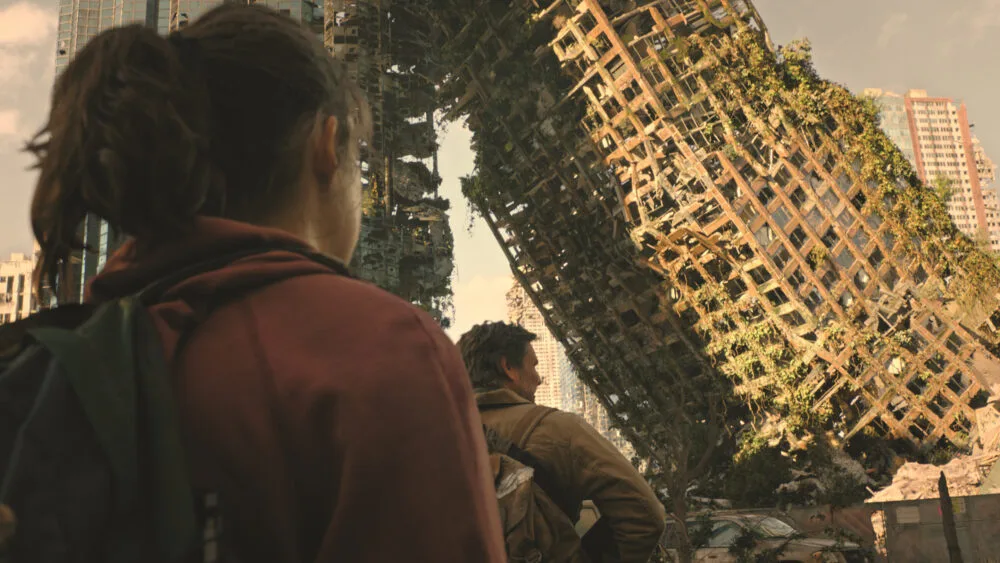
An Original Approach
Druckmann says the biggest difference between the game and the series is that in the game, there are character action loops that involve fighting things, reversals and puzzles that help to immerse the player in the world and create an empathetic link with a playable character. “Because of that, what you’re seeing and experiencing is either through the eyes of Joel, Ellie or Sarah,” he explains. “We don’t have those restrictions in the show. We can focus on other characters and humanize their obstacles and enemies. For example, in Episode 103 we tell this intimate, beautiful ‘low-key story’ about the romance between Bill and Frank that has almost no action in it, but is just as emotionally moving as the rest of the show if not more so.”
Everything on the project was grounded in reality. Even the parasitic fungus Cordyceps that decimates the human population is based on real organisms that ravage ant colonies. “We felt that given there was a science-fiction aspect, the more grounded things were, the better it would feel,” notes Craig Mazin. “We were going to be handheld almost exclusively to create a sense of realism and keep the color palette muted. For us, the beauty always came from nature and fungus. Not from, say, the wreckage that we have left behind as a civilization.”
In this world, the most vicious of the infected humans are categorized as Clickers and Bloaters. “We started with a simple notion that it would be best to have as much practical work as we could. We have to design the head of a Clicker to fit on a person, but not look like he’s wearing a helmet and enhance it with CG or build an asset based on that character. [Production designer] Barrie Gower and his team had created the design. Then, we scanned, built an asset and made 12 Clickers if we wanted, but they’re all based on a real person in a real thing. That allows the infected to be as tactile as we wanted them to be. It was a beautiful meshing of two disciplines.”
About 90 percent of the prosthetics were built by BGFX in London and shipped to Calgary, where principal photography for the show took place. “We had a micro team out in Calgary for the 12 months they were going to shoot and it was headed by a chap called Paul Spateri [prosthetics supervisor], who I’ve known for 20 odd years,” explains Barrie Gower. “It was him and three individuals from the U.K. and they had to react to things like where a fungus was bursting out of somebody’s leg.”
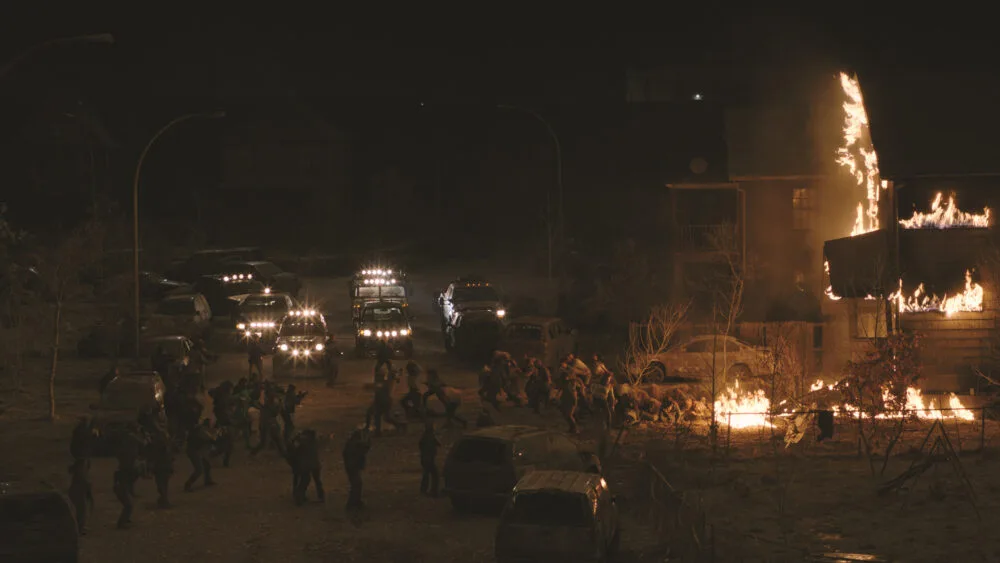
Another big special effects highlight was the depiction of a swarm of infected which emerge from underneath a cul-de-sac in Episode 105. “We had potentially 60 characters in prosthetic makeup, plus the Clickers, and it shot for maybe eight days,” says Gower. “Every single day they needed a brand-new duplicate set of prosthetic appliances, because it’s all made out of silicone. You remove all of the appliances and destroy them with mineral oil. The following day, the brand-new appliances had to be painted to match what they had before. It was a huge undertaking.”
Despite the overall emphasis of capturing as much as possible on camera, there were still 3,000 visual effects shots that had to be created by DNEG, Wētā FX, Distillery VFX, Zero VFX, Important Looking Pirates, beloFX, Storm Studios, Wylie Co., RVX, Assembly, Crafty Apes, UPP, RISE, Framestore, Digital Domain and MAS.
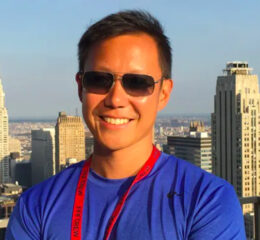
“Because we follow the journey of Joel and Ellie from Episode 101 through to 109, we have everything from open city, set extensions, destruction and photoreal animals that are infected,” remarks VFX supervisor Alex Wang. “When I would go on scouts with the director [of an episode] it was important for me to always ask, ‘What do you like about this location? Do you like the architecture of that building or this?’ It gave me an understanding. They like these surroundings, so I’m not going to have a bluescreen. I’m going to work on top of this. There is something to be said about just having our actors in a real location.”
The production also required extensive set extensions including the Quarantine Zone in Boston. “The set was amazing,” recalls Wang. “It’s a direct translation of the game, as far as a world where it’s overpopulated — so very dirty, grimy and unkept. We had to extend everything above 12 feet and created all these power lines going everywhere like you see in third world countries. We have some amazing wide shots.”
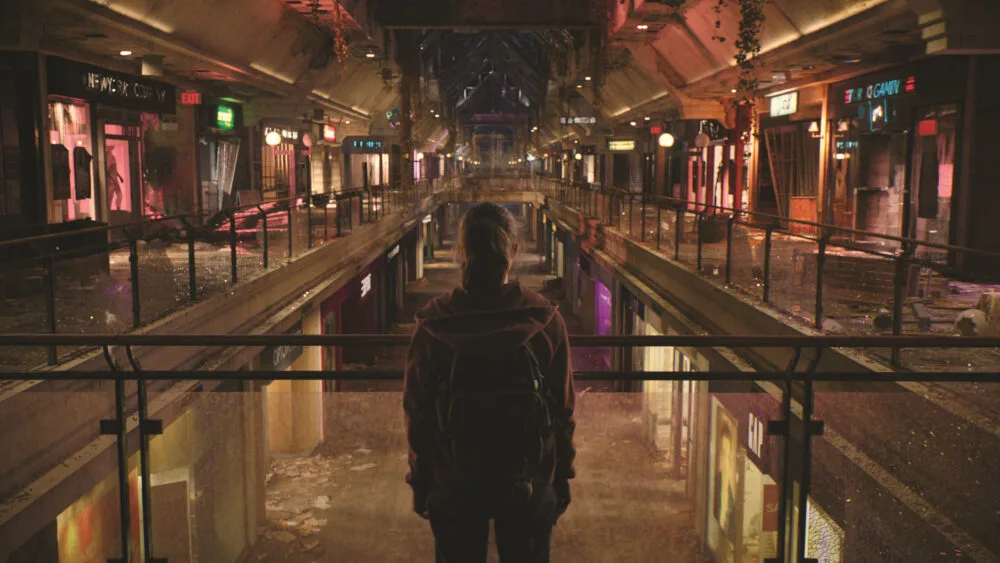
Going for the Real Thing
Of course, shooting outdoors led to the production being extremely vulnerable to the whims of the natural elements. “In November 2021, we were in Canmore shooting the scene where Joel finds his brother Tommy in a village filled with survivors, and that was supposed to be covered in snow,” recalls special effects supervisor Joel Whist. “When we showed up there was no snow! That was excruciating because we couldn’t use fake snow, paper or dolomite, because it had to go in and not affect the environment. It was all real snow that we had to truck in, hand dress and hand blow everywhere.”
“I thought Calgary would have more places of destruction that we could build upon like what they did with Children of Men,” reveals production designer John Paino. “Having worked in New York and Los Angeles and Atlanta, you always find some old army base or naval yard. There’s none of that. In Canada, everything gets rebuilt and looks nice.”
Paino says the biggest challenge was creating the illusion of the characters traveling from the East Coast of the U.S. to the West Coast, while shooting the show in one province in Canada. “We also had to provide the sense of time and seasons, which meant the greens had to be right,” he notes. “For each episode we had a big folder of textures and colors. I always tend to make look books at the beginning, but this was great because Craig was obsessed with rotting walls and textures of things as they should be.”
The first season of The Last of Us is currently streaming on HBO Max. Production on the second season will reportedly begin later this year.
Digital Domain, one of the show’s multiple VFX/SFX studios, recently released their S1 breakdown reel:


![The Last of Us featured The Last of Us [HBO]](https://www.beta.animationmagazine.net/wp-content/uploads/The-Last-of-Us-featured-1-696x417.jpg)
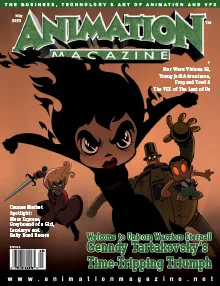
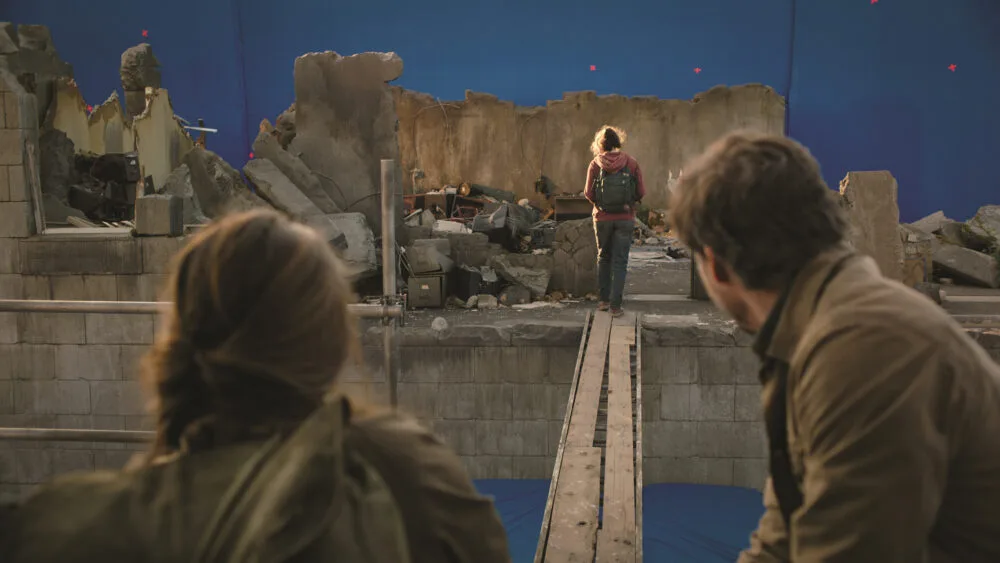
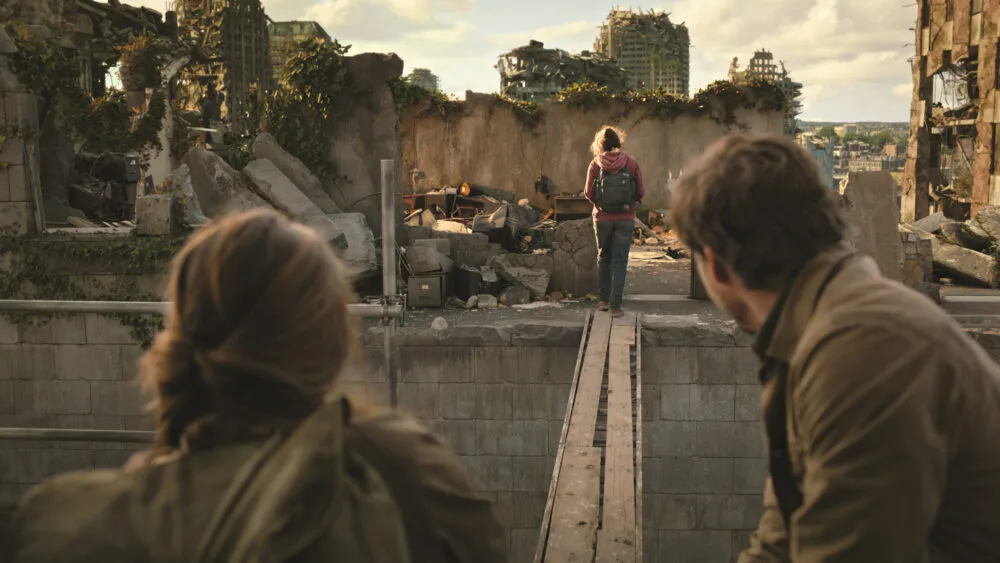
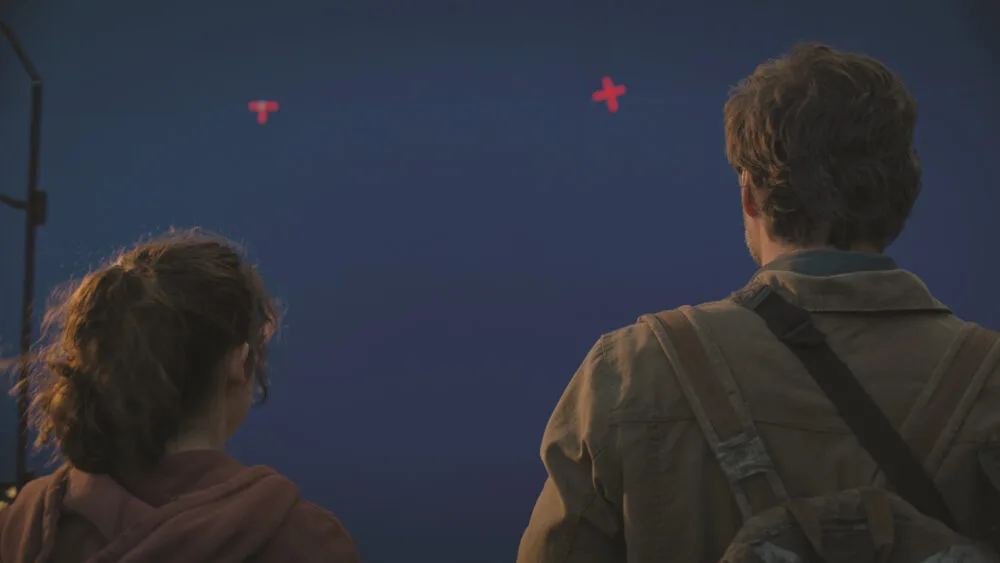
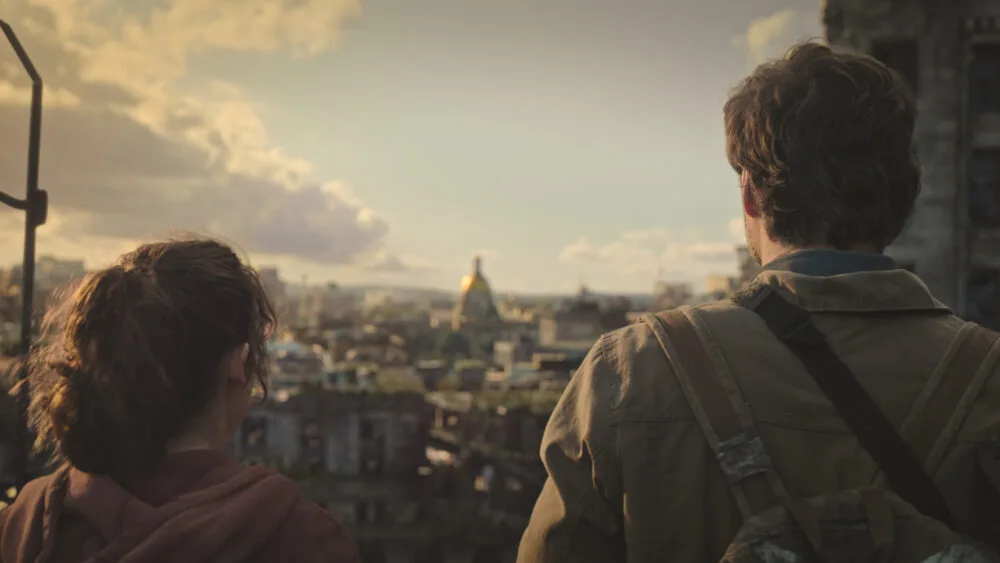

 Win a Funko X Lilo & Stitch Prize Pack!
Win a Funko X Lilo & Stitch Prize Pack! 
